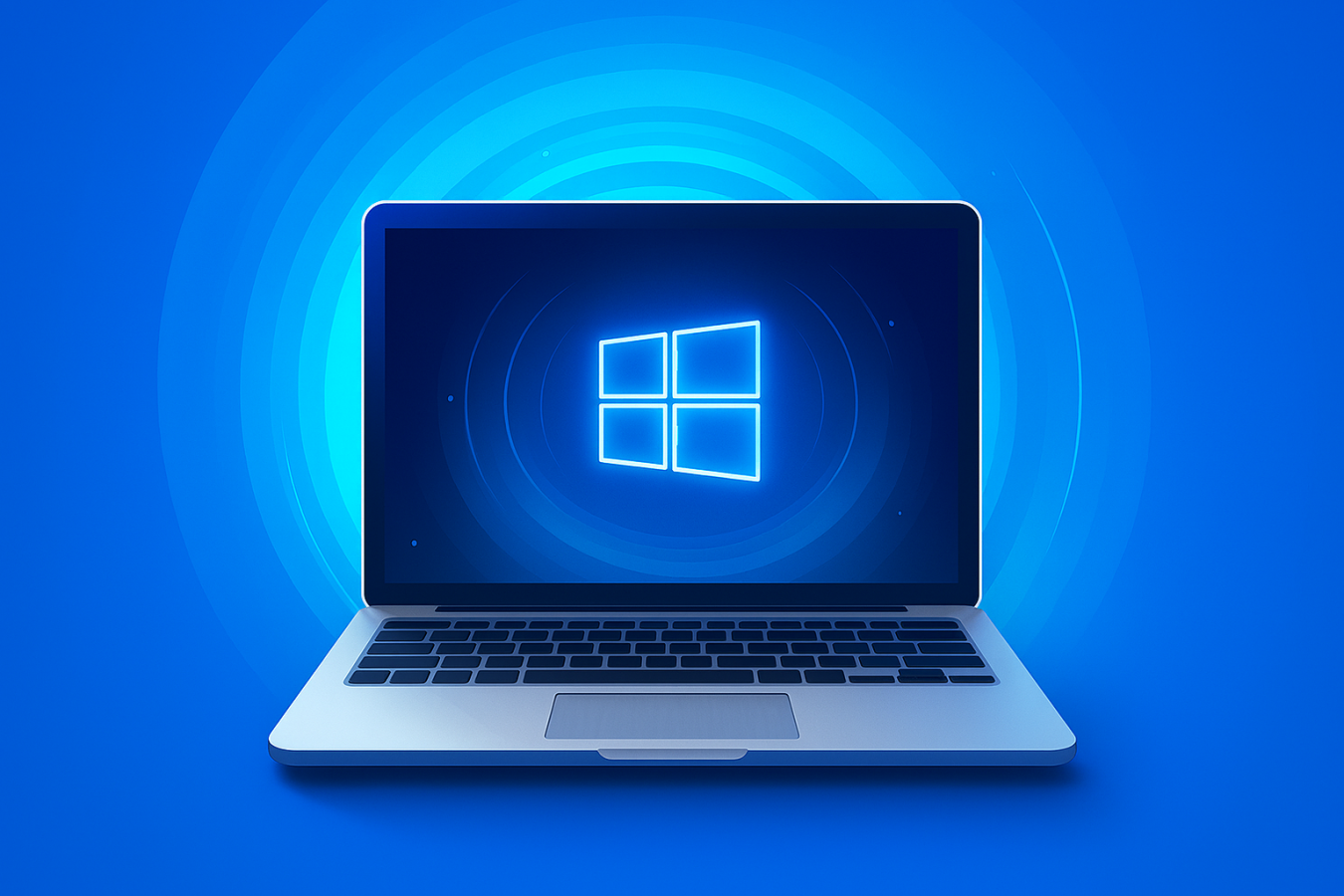Windows 11 runs smoothly on modern hardware, but bloat, background apps, and outdated drivers can slow everything down. Use these proven tweaks—no registry hacks required—to give your PC a noticeable boost.
Quick Wins (Under 5 Minutes)
- Restart your PC: Clears cached processes that accumulate during sleep/hibernate cycles.
- Close background apps: Press
Ctrl + Shift + Esc, then sort by CPU or Memory in Task Manager and close unused apps. - Free up disk space: Run
Settings → System → Storage → Temporary filesand remove cache, old Windows update files, and recycle bin contents.
Optimize Startup and Background Apps
- Open
Settings → Apps → Startupand disable programs you rarely need at boot (Spotify, Teams, etc.). - In Task Manager, switch to the Startup apps tab and disable high-impact entries.
- Use
Settings → Privacy & security → Background appsto prevent less critical apps from running in the background.
Update and Tune Windows
- Install updates: Check
Settings → Windows Updatefor cumulative patches and optional driver updates. - Turn on Storage Sense: Automate cleanup under
Settings → System → Storage → Storage Sense. - Adjust visual effects: Search for “Adjust the appearance and performance of Windows,” select Adjust for best performance or customize to keep smooth fonts while disabling animations.
Lean Out Installed Software
Uninstall software you no longer use:
- Go to
Settings → Apps → Installed appsand remove trials, toolbars, or manufacturer bloatware. - Use winget for batch removals:
winget uninstall --id Example.App. - Consider lighter alternatives—e.g., VLC instead of multiple media players.
Keep Drivers Current
- Use Windows Update for chipset, Wi-Fi, and Bluetooth drivers.
- Visit GPU vendor software (NVIDIA GeForce Experience, AMD Adrenalin, Intel Arc Control) for graphics driver updates—essential for gaming and creative apps.
- Avoid third-party driver “updaters”; download directly from manufacturer support pages.
Power Settings Matter
- Navigate to
Settings → System → Power & battery. - Under Power mode, choose Balanced or Best performance on desktops and plugged-in laptops.
- For gaming rigs, open
Control Panel → Power Optionsand enable High performance or vendor-specific plans (e.g., AMD Ryzen Balanced).
Storage Upgrades and Maintenance
- Switch to SSD: If you still run Windows from a hard drive, migrating to an NVMe or SATA SSD yields the largest performance jump.
- Enable TRIM: Windows 11 does this automatically, but you can double-check under
Defragment and Optimize Drives. - Check health: Run
wmic diskdrive get statusor vendor tools (Samsung Magician, Crucial Storage Executive) to monitor SSD health.
Memory Management
Windows 11 handles memory well, but you can help:
- Close browser tabs using heavy web apps when not required.
- Enable browser tab sleeping (Edge, Chrome) to reduce RAM usage.
- Add more RAM if you consistently use over 80%—16 GB is the sweet spot for mixed productivity.
Use Built-In Troubleshooters
Go to Settings → System → Troubleshoot → Other troubleshooters. Run the recommended items for Windows Update, Power, and Program Compatibility if you notice slowdowns after updates.
Advanced Tweaks (Optional)
- Clean install: If you upgraded from older Windows versions, a fresh Windows 11 install can remove legacy cruft.
- Disable indexing on slow HDDs: Open
This PC, right-click the drive, choose Properties, and uncheck “Allow files on this drive to have contents indexed.” - Use Game Mode: under
Settings → Gaming → Game Modeto prioritize resources during gameplay or streaming. - Virtualization-based security: Power users can toggle off Memory Integrity (Core Isolation) on older CPUs to reclaim performance, but only do so if you understand the security trade-off.
Keep Malware at Bay
- Ensure Microsoft Defender is active (Settings → Privacy & security → Windows Security).
- Schedule weekly scans and enable controlled folder access if you handle sensitive files.
- Be wary of “optimizer” utilities that promise miraculous speed boosts; many bundle unwanted software.
Monitor Improvements
After applying changes, take note of boot time, app responsiveness, and Task Manager metrics. Use the built-in Performance Monitor or third-party tools like HWMonitor to ensure CPU temps stay within safe limits.
When Hardware Upgrades Make Sense
- Upgrade to at least a quad-core CPU (Intel 8th gen or AMD Ryzen 3000 series) for Windows 11 multitasking.
- Move from integrated graphics to a midrange GPU if you edit video or design graphics.
- Consider replacing aging laptops once battery wear exceeds 30% and thermal throttling impacts daily use.
FAQ
Do I need third-party cleaners? No. Windows Storage Sense and Disk Cleanup handle routine maintenance.
Will disabling services help? Randomly disabling services can break features. Stick with documented tweaks unless you have a specific need.
Is overclocking worth it? Overclocking can improve performance but increases heat and power draw. Ensure proper cooling and understand manufacturer warranty implications.
The Bottom Line
Windows 11 performance hinges on clean startups, up-to-date software, and adequate hardware. Start with the quick fixes above, track results, and plan gradual hardware upgrades if bottlenecks persist.

